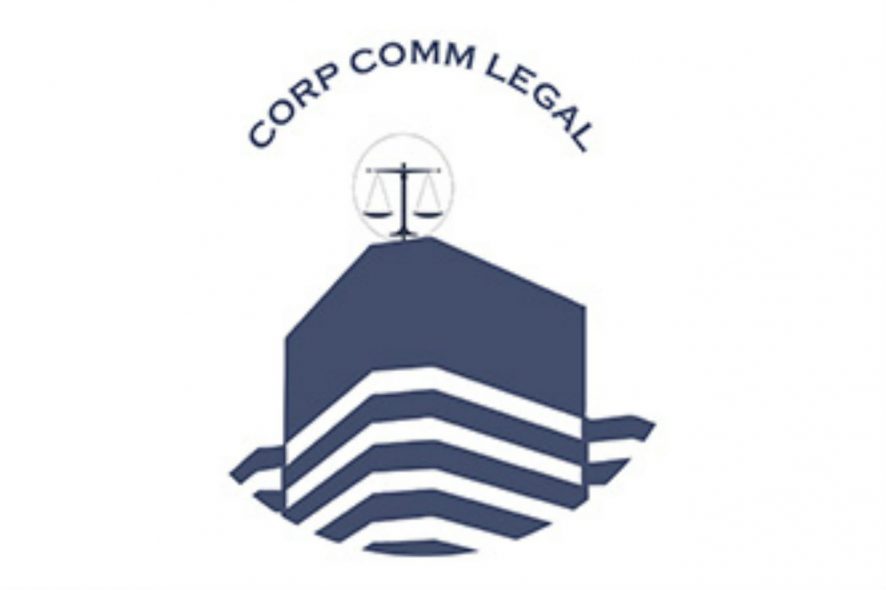When a corporate entity is subject to insolvency proceedings, often as a part of the resolution plan, a competitor seeks to acquire the insolvent entity. This is a typical case witnessing an overlap between insolvency law and competition law, and such acquisitions under the Insolvency and Bankruptcy Code (IBC) are to be reported to the Competition Commission of India[1].
When the IBC first came into being, it provided for the resolution applicant to seek Competition Commission of India (CCI) approval regarding the resolution plan within the prescribed time-limit (which was 270 days); however, it did not mention whether this approval was to be obtained before the approval of the committee of creditors or whether it was to be obtained after their approval or simultaneously. This confusion was alleviated by the Amendment Act of 2018 whereby sub-section (4) was added to Section 31 and its proviso specified that the approval from CCI was to be obtained before seeking the approval of the committee of creditors.
In 2019, the Competition Law Committee suggested in their report that combinations which do not cause any adverse effect on competition may be permitted to obtain “green channel” approval from the CCI; this dispensation also extends to combinations driven by the IBC. The Committee based its report on the fact that there was a very high approval rate of CIRPs that were notified to the CCI.
Green channel approval is based on the concept of “failing firm defence”. It means that the anti-competitive effects of the failing firm (in this case, the insolvent firm) exiting the market are to be evaluated with respect to the anti-competitive effects of the firm being acquired by a competitor. If it is observed that the latter is not more than the former, the acquisition or merger is approved by the competition authorities.
This defence has also got statutory recognition[2], and it essentially consists of a three-stage test[3], viz. firstly, if the firm is about to exit the market due to financial distress, secondly, whether there exists any alternative which is less anti-competitive than the merger or acquisition in question, and thirdly if the firm would be forced to exit the market in absence of this combination.
If the answers to these questions are in the positive, the combination is permitted. The CCI has also recognised the failing firm defence, as was noted when Reliance Industries sought to acquire 37.7% stake in Alok Industries[4]. Keeping these in mind the green channel approval mechanism was proposed by the Competition Law Committee.
Advantages of Green Channel Approval
The Code mandates CIRPs to be completed within 330 days, but it has been observed that the time taken for completion of the process extends this time-limit. Since the time taken for obtaining approval from the CCI adds to the time taken for approval of the resolution plans as a whole, automatic approvals would accelerate the whole process, thereby furthering the very purpose of enactment of the IBC, that is, to provide for resolution of distressed firms in a “time-bound manner[5]”.
Green channeling will do away with the requirements of obtaining prior approval from CCI in case on combinations, and consequently it will reduce the burden of compliances as well on resolution applicants.
It must also be noted that the requirement of obtaining prior approval from CCI may result in multiple applications being filed for the same transaction. This was observed in the Patanjali and Adani Wilmar fiasco where both wanted to acquire Ruchi Soya[6] and when UltraTech and Dalmia Bharat both wanted to acquire Binani Cement[7]. Situations like these lead to unnecessary litigation which may be done away with if green channel approval could be afforded to resolution plans.
Overall, automatic approval of resolution plans will make the whole resolution process simpler, easier and more expedient for all the stakeholders but since the impact of a resolution extends to laws beyond the insolvency regime, the demerits of the proposition should also be taken into consideration.
Disadvantages of Green Channel Approval
If all resolution plans were approved automatically and later it was observed that it had anti-competitive effects, the concerned combination would have to be modified or prohibited, and since it would be modified after the completion of the merger or acquisition as the case may be, the inconvenience caused would be amplified. This is because creditors in a CIRP usually extend additional finances depending on the resolution plan and if such a plan would be prohibited after its completion, the interests of the creditors would be prejudiced. Thus, it is much better that resolution plans go through the scrutiny of the CCI before being approved.
The IBC currently provides for prior approval of resolution plans which involve combinations, thereby encouraging coordination between both the authorities—National Company Law Tribunal and the Competition Commission of India. Green channel approval of resolution plans will discourage resolution applicants from approaching the CCI for approval of their plans or for consultation on whether they may have any anti-competitive effects on the market. This increases the scope of disputes arising later on, as it might have adverse effects on the interests of consumers and businesses (both upstream and downstream).
Conclusion
There are arguments present both in favour of and against the proposition and thus before implementing the recommendations of the Committee, a thorough analysis should be done, keeping in mind the interests of all the stakeholders. If the scales are tilted more towards the implementation of green channel approval, then it may be integrated into the insolvency regime, however it must be noted that the current mechanism of coordination and cooperation between the NCLT and the CCI should be encouraged and sustained nevertheless. A fine balance among interest of diverse stakeholders and an effective implementation are the need of the hour.
Bhumesh Verma is Managing Partner at Corp Comm Legal and can be contacted at bhumesh.verma@corpcommlegal.in. Ishika Chattopadhyay, Student Researcher, Final year student Department of Law, University of Calcutta.
[1] S. 5, Competition Act, 2002.
[2] S. 20(4)(k) of the Competition Act, 2002.
[3] Guidelines on the Assessment of Horizontal Mergers under the Council Regulation on the Control of Concentrations between Undertakings, (Ch. VIII), Official Journal of the European Union, <https://eurlex.europa.eu/legalcontent/EN/TXT/PDF/?uri=CELEX:52004XC0205(02)&from=EN#page=10>.
[4] “Complete Alok Industries takeover: SBI to RIL”, 3-1-2020, <https://www.ibcguide.com/complete-alok-industries-takeover-sbi-to-ril/>.
[5] Preamble to the IBC.
[6] “Patanjali moves NCLT Against Ruchi Soya Lenders Approving Adani Wilmar Bid”, The Economic Times, 24-8-2018 <https://cfo.economictimes.indiatimes.com/news/patanjali-moves-nclt-against-ruchi-soya-lenders-approving-adani-wilmar-bid/65532351>.
[7] “Nclat Approves UltraTech’s Revised Bid of Rs 7950 Crore for Binani Cement”, The Economic Times, 15-11-2018, <https://economictimes.indiatimes.com/industry/indl-goods/svs/cement/nclat-holds-ultratechs-bid-for-binani-cement-valid/articleshow/66615756.cms?from=mdr>.






